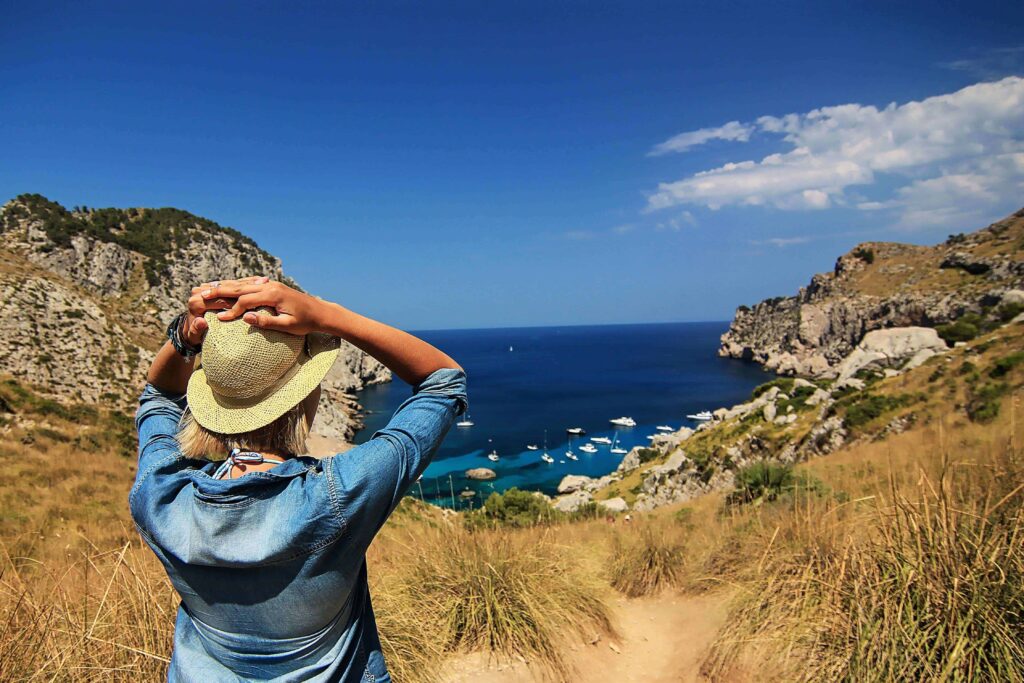Embark on an extraordinary journey through the rugged and remote landscapes of Dolpo, Nepal, with the Dolpo Trekking adventure. This trekking route offers a unique and unforgettable experience, taking you deep into the heart of one of the most isolated regions in the Himalayas.
The Dolpo region, immortalized in Peter Matthiessen’s novel “The Snow Leopard” and featured in the movie “Himalaya,” is renowned for its pristine natural beauty, ancient Tibetan culture, and traditional way of life. As you trek through this rugged terrain, you’ll be surrounded by towering peaks, deep valleys, and crystal-clear lakes, creating a breathtaking backdrop for your adventure.
Starting from the town of Juphal, the Dolpo Trekking route winds its way through picturesque villages, dense forests, and high mountain passes, offering stunning views at every turn. Along the way, you’ll encounter friendly villagers, visit ancient monasteries, and immerse yourself in the rich cultural heritage of the region.
One of the highlights of the trek is reaching Phoksundo Lake, one of the deepest and most stunning lakes in Nepal. Surrounded by snow-capped peaks and pristine forests, the turquoise waters of Phoksundo Lake shimmer in the sunlight, creating a truly magical sight that will stay with you long after your journey is over.
The Dolpo Trekking route is challenging, with rugged terrain and high altitudes, but the rewards are well worth the effort. As you trek through this remote and untouched wilderness, you’ll have the opportunity to experience the beauty and tranquility of the Himalayas in all its glory.
With its pristine natural beauty, ancient culture, and sense of adventure, the Dolpo Trekking adventure is truly a once-in-a-lifetime experience. So lace up your boots, pack your sense of adventure, and get ready to embark on an unforgettable journey through the hidden gem of Dolpo.
Overview
Travel is the movement of people between relatively distant geographical locations, and can involve travel by foot, bicycle, automobile, train, boat, bus, airplane, or other means, with or without luggage, and can be one way or round trip. Travel can also include relatively short stays between successive movements.
The origin of the word “travel” is most likely lost to history. The term “travel” may originate from the Old French word travail, which means ‘work’. According to the Merriam Webster dictionary, the first known use of the word travel was in the 14th century.
It also states that the word comes from Middle English travailen, travelen (which means to torment, labor, strive, journey) and earlier from Old French travailler (which means to work strenuously, toil). In English we still occasionally use the words “travail”, which means struggle. According to Simon Winchester in his book The Best Travelers’ Tales (2004), the words “travel” and “travail” both share an even more ancient root: a Roman instrument of torture called the tripalium (in Latin it means “three stakes”, as in to impale).












